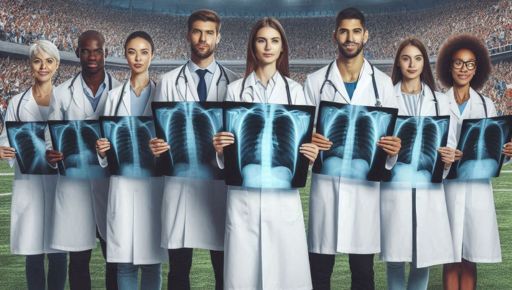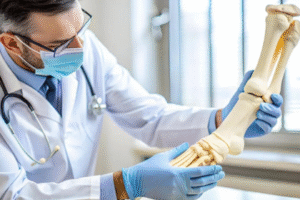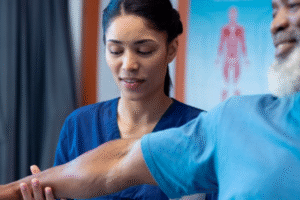
Radiologists play a vital role in sports medicine. They help athletes recover and perform at their best. By using advanced imaging techniques, they can spot injuries that others might miss. Whether it’s a torn ligament or a subtle fracture, radiologists provide crucial insights. Sometimes, treatment involves innovative solutions like spinal cord stimulator Denver . This approach highlights the radiologist’s unique position in sports—a bridge between diagnosis and recovery.
Imaging Techniques in Sports Medicine
Radiologists use various imaging techniques to assess sports injuries. Common methods include X-rays, MRIs, and CT scans. Each technique has its own strengths and is chosen based on the injury type. For instance, X-rays are great for spotting broken bones. MRIs, however, excel in showing soft tissue damage like ligament tears or muscle strains.
By understanding the capabilities of each method, radiologists can tailor their approach. This ensures that athletes receive the most accurate diagnosis possible. In turn, it aids in crafting an effective treatment plan—one that aligns with the athlete’s specific needs.
Common Sports Injuries and Imaging Techniques
| Injury Type | Best Imaging Technique | Key Benefits |
| Bone fractures | X-ray | Quick diagnosis |
| Ligament tears | MRI | Detailed tissue imaging |
| Head injuries | CT scan | Assess for immediate issues |
| Muscle strains | Ultrasound | Real-time imaging |
The Role of Radiologists in Treatment
After diagnosing an injury, radiologists often work with sports medicine teams. They guide treatment decisions with detailed imaging reports. For example, if a player has a suspected ligament tear, an MRI can confirm the severity. This information is crucial for deciding whether surgery or physical therapy is needed.
In some cases, more advanced treatments are applied. As mentioned earlier, spinal cord stimulators can be used for pain management and recovery. Such innovations are a testament to how radiology evolves with sports medicine.
Collaboration with Other Health Professionals
Radiologists don’t work in isolation. They collaborate with various health professionals, including orthopedic surgeons and physical therapists. This teamwork ensures that athletes have a comprehensive care plan. Everyone works together towards the same goal—helping athletes recover safely and quickly.
In sports, quick recovery can make all the difference. The ability to return to the field depends heavily on accurate diagnosis and effective treatment. Radiologists provide the precise insights that athletes and coaches rely on.
Continuous Learning and Technology
Radiology in sports medicine is an ever-evolving field. New technologies and techniques are constantly being developed. Radiologists need to stay updated to provide the best care possible. This commitment to learning ensures they remain key players in sports health.
For those interested in exploring more about radiology, the American College of Radiology offers valuable resources. They provide insights into the latest advancements and best practices in the field.
The Future of Radiology in Sports
Looking ahead, the role of radiologists in sports medicine will likely expand. As imaging technology advances, so too will the ability to diagnose and treat injuries more effectively. Radiologists will continue to be an integral part of the sports medicine landscape.
Innovation in imaging has already changed how injuries are viewed and treated. As techniques become even more precise, the future looks promising for athletes and radiologists alike. Their partnership will remain essential in the world of sports.














